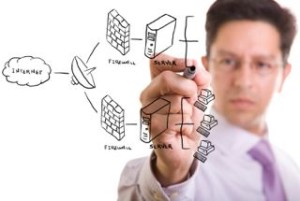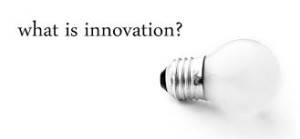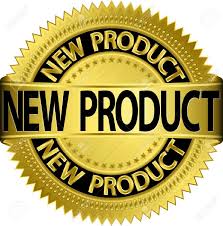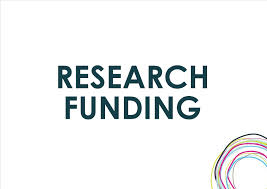There are significant advantages to planning your Scientific Research and Experimental Development (SR&ED) claim in advance. Did you know that by submitting your claim within the first six months of your fiscal year end, your claim will processed and returned by the CRA within one hundred and twenty days?
Less waiting means improved cash flow for your business, so make it your New Year’s resolution to plan your SR&ED claim early!
Getting started
Start the planning process with your SR&ED consultant and let him know that you want to plan out your claim from start to finish. Be sure to review your current time tracking and documentation methods. Specific tools can be used to streamline this process and make gathering the necessary information at the end much easier.
Also, you want to ensure that your tracking methods meet the CRA’s strict documentation standards. The goal is to allow your team to focus on their business and giving you the peace of mind of knowing that your documentation will support your claim.
Why choose Enhanced Capital Recovery for your SR&ED planning?
Highly qualified and experienced SR&ED consultants can help you plan and then stay on track to ensure that your next claim is maximized and seamless. Since 1994 Enhanced Capital Recovery’s team has been providing leading-edge technical and financial services to companies seeking to maximize their R&D incentives and tax recovery. With offices in BC, Alberta and Ontario, we offer a professional, end-to-end, risk free approach which explores all possibilities to maximize your R&D tax credits, especially SR&ED.
Industry expertise
Our team of professional consultants have specific industry expertise in engineering, healthcare,  manufacturing, software, construction and oil & gas industries and have advanced levels of education in business and engineering. Given our extensive experience and training in SR&ED claims, our team routinely recognizes non-intuitive and often unclaimed qualifying work which can substantially increase the amount of tax credits you receive.
manufacturing, software, construction and oil & gas industries and have advanced levels of education in business and engineering. Given our extensive experience and training in SR&ED claims, our team routinely recognizes non-intuitive and often unclaimed qualifying work which can substantially increase the amount of tax credits you receive.
Strategic partnerships
We recognize the value of strategic relationships in order to better serve our SR&ED clients. Therefore we’ve developed strong relationships with the CRA audit teams, alliances with key technology, agricultural and environmental stakeholders and we consult regularly with an advisory board of senior executives in industry leading companies.
Proven track record
Enhanced Capital Recovery’s reputation, knowledge and successful track record are widely recognized by our clients and the Canada Revenue Agency. As such, Enhanced Capital Recovery is quickly becoming one of Canada’s most trusted independent SR&ED consulting firms.
Risk free SR&ED services.
If you are creating new products, improving existing technology, advancing an industry process, or developing a technically challenging innovation, your company may be eligible to receive an SR&ED tax credit refund. Yet becoming familiar with the entire SR&ED claims process and filing the necessary paperwork can be a huge drain on resources. That is time and money wasted if the claim is rejected.
With our contingency based fees, we completely eliminate the risk of making a claim. We do the work up front and only get paid when your refund is secured.
Put the proven expertise of Enhanced Capital Recovery’s team to work to save you time and money to get the maximum refund you are entitled to. Contact us today for a no risk, free consultation!









